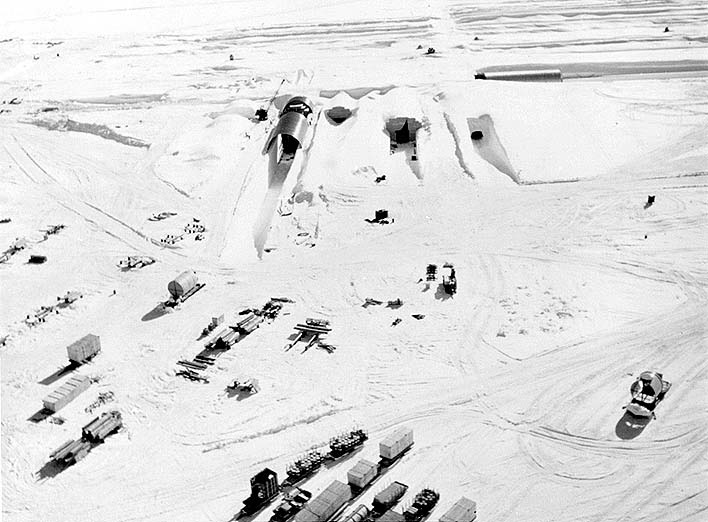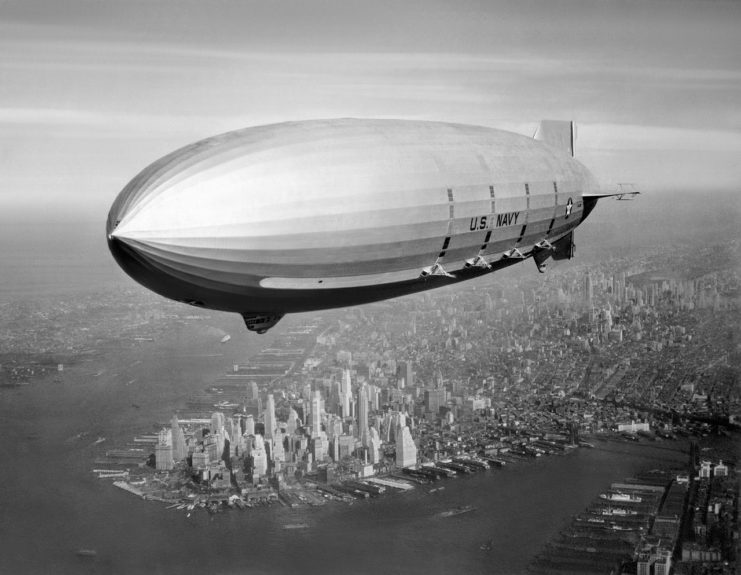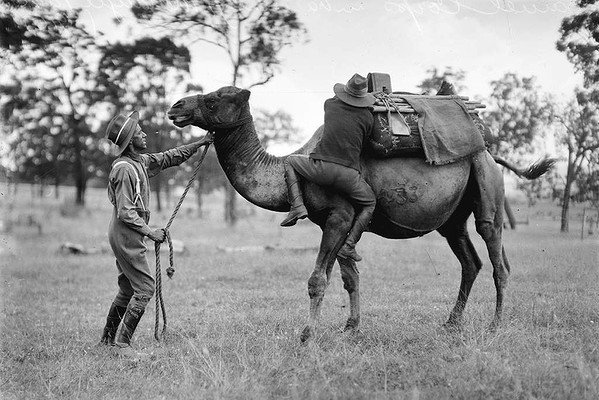6 Unusual U.S. Military Experiments That Prove Nothing Is Too Far-Fetched To Try
Some of the most interesting moments in military history are the experiments behind the scenes that never even saw the light of day. With its immense budget the US military has been able to test an enormous amount of ideas, no matter how silly, far-fetched, or outlandish they may seem.
This list is comprised of six weird and unusual experiments conducted by the US military, in no particular order.
1. The Peacekeeper Rail Garrison

The Peacekeeper Rail Garrison was a 1980s military solution to the vulnerability of, and reliance on, stationary nuclear missile launch sites.
At the time it was feared that these launch sites would be one of the primary targets in a Soviet nuclear attack, eliminating the United States’ ability to retaliate. To solve this problem, the US conjured a plan to place missiles on train cars that would be constantly on the move during times of tension.
President Ronald Reagan green-lit the idea in 1986. The nuclear missiles would be transported within specially designed Air Force train cars. The cars would be kept inside hardened buildings most of the time, but when necessary they could be brought out and moved around 120,000 miles of railroads across the US.
Also, the cars could have served as a mobile launch pad. The Peacekeeper Rail Garrison project was canceled five years later as the end of the Cold War meant it was no longer needed.
2. Project Iceworm

Another missile-related project, Project Iceworm was a US attempt to place ballistic missiles in the ice caps of Greenland, without Greenland’s express consent.
The location was ideal for hiding the missiles and allowed for rapid strikes on Soviet territory. The US investigated the prospect with Camp Century, an ice base that the US publicly claimed to be a scientific research facility.
Considering it was a prototype base, Camp Century was an incredible feat in its own right. Over 20 tunnels were carved into the thick ice sheets, which housed its own theater, hospital, and laboratories. The base was powered by a nuclear reactor and was home to 200 people.
All was going well until enough time had passed for the shifting ice caps to distort the tunnels, which needed constant maintenance to keep in shape. After a while, the challenge was too great, and the US scrapped the project in the late 1960s.
3. The Edgewood Arsenal Drug Experiments
In the 1950s the US began experimenting on soldiers with psychoactive chemicals at the Edgewood Arsenal. Edgewood Arsenal is located on Aberdeen Proving Grounds and was originally established as a manufacturing facility for toxic gas during WWI. It later focused on the research, testing, and manufacture of chemical agents.
Over 5,000 soldiers were unknowingly experimented on with various chemicals like PCP, marijuana, and LSD for research into the use of drugs in combat and interrogations.
The experiments did not discover any truly useful or practical drugs but did generate large amounts of insight into the effects of different drugs. The testing stopped in 1975 at the demand of the enraged public.
4. Flying Aircraft Carriers

The concept of a flying aircraft carrier may be familiar to Marvel fans, but you certainly wouldn’t have found Nick Fury at the helm of one of these 1930s airships.
The USS Macon and USS Akron were airships that acted as floating aircraft carriers. These enormous aircraft could hold and launch up to five Curtiss Sparrowhawks, and retrieve them afterward.
Departing aircraft was lowered out the belly of the airship while returning ones hooked up to an arm also located on the airship’s belly. Although the idea of a floating aircraft carrier that could serve as a mobile airfield seems great, the two airships met a rather inglorious end.
Both of them were lost in unfavorable weather, causing the deaths of 75 crewmembers. After this, the idea was scrapped.
5. The Camel Corps

The oldest project on this list is the Camel Corps, which was an experiment conducted by Secretary of War and soon to be president of the Confederate States Jefferson Davis in the 1850s.
He imported a number of camels from North Africa and Turkey to see whether they were able to cope in the roles dominated by horses in southwestern territories.
Logically this seemed correct, as they are at home in hot, dry environments, can carry large loads, and are able to last for days without water.
The camels indeed performed well and even handled difficult terrain better than horses and mules. However, the experiment was cut short by the outbreak of the US Civil War and the camels were either sent into the wild or sold off.
Reportedly, sightings of these wild camels had been recorded all the way until the 1940s.
6. Project Pigeon
Project Pigeon was an attempt to create a biological missile guidance system. The investigation was carried out by psychologist and behaviorist B.F. Skinner during WWII.
While observing a flock of pigeons in flight Skinner noted their incredible maneuverability and flying skill and was struck with an idea: what if you could use pigeons to accurately guide a missile?
He was granted funding by the military to research the idea. He trained pigeons to peck at objects resembling targets and placed them in a cockpit complete with a small screen that displayed the missile’s heading.
More From Us: Project Stargate: The CIA’s Human Experiments with Mind Control
The pigeons would peck at the target and as a result, steer the missile towards it. The tests seemed to prove that the system could work, but the military denied further funding as the idea was too far-fetched.
Post a Comment
0 Comments